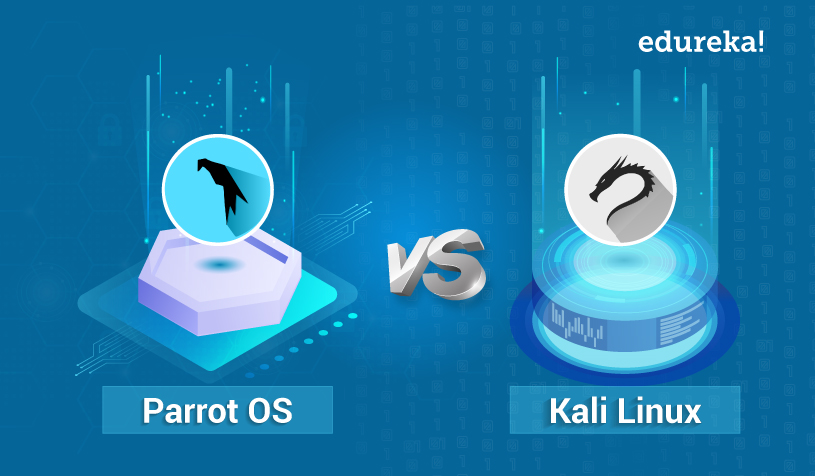Week 6 - Computers and Laws II: Software and Content Licensing
The idea behind copyleft is a general methodology of converting a program (or other work) into free software, not by a sense of money but a sense of rights. Copyleft has the opposite meaning of the term Copyright. In legal terms, Copyleft actually means sharing the rights recognized by the concept of Copyright with a contract, one of which is anonymous, instead of a contract between the parties. In this article, I am going to discuss 3 types of Copyleft - strong, weak and, no copyleft.
Strong copyleft - Even though it has some restrictions on developers, many people believe it is the best option for end-users. Software that has been made from the original must retain the license of the original work.
Weak copyleft - The main difference between weak copyleft and strong one is that weak copyleft allows developers to integrate the software with a proprietary system. It is mainly used in the case where a developer use collections of codes to make one software.
No copyleft - This is the option that gives the sense of largest freedom to developers as it does not limit licensing of the derivatives. There is basically no restriction. There is a possibility to derive extended applications out of it.
Resources:
https://www.gnu.org/licenses/copyleft.html#WhatIsCopyleft




Comments
Post a Comment